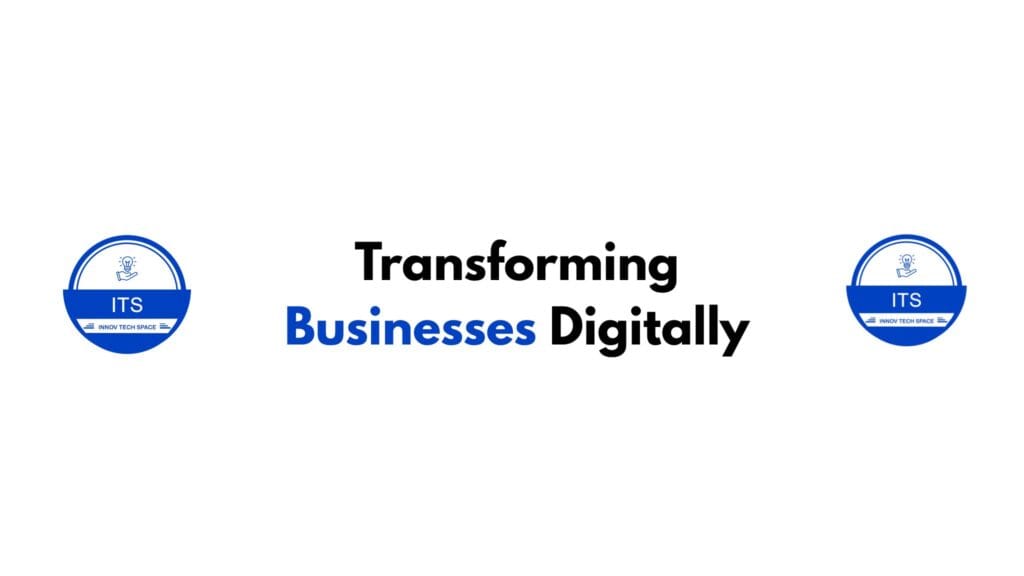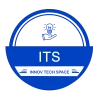This document explores the potential reasons behind the hypothetical trend of “LLM.txt” becoming increasingly relevant for websites by 2025. It delves into the possible functionalities and benefits that such a file could offer, considering the advancements in Large Language Models (LLMs) and their integration with web technologies. The analysis covers aspects like improved SEO, enhanced user experience, automated content generation, and accessibility improvements, all driven by the capabilities of LLMs.
The Rise of LLMs and Web Integration
Large Language Models (LLMs) have demonstrated remarkable capabilities in understanding, generating, and manipulating text. Their potential applications are vast, and the web is a natural domain for their integration. By 2025, we can expect LLMs to be even more sophisticated and accessible, leading to innovative ways of leveraging them within websites. The hypothetical “LLM.txt” file could be a key component in this integration.
What is LLM.txt? (Hypothetical)
Let’s assume “LLM.txt” is a file placed in the root directory of a website, similar to robots.txt or sitemap.xml. Its purpose is to provide instructions and data to LLMs, enabling them to interact with the website more effectively. This interaction could manifest in several ways:
- Website Understanding: LLM.txt could contain a concise summary of the website’s purpose, target audience, and key themes. This helps LLMs quickly grasp the website’s context, improving the accuracy of their interactions.
- Content Generation Guidelines: The file could specify rules and preferences for generating content related to the website. This ensures that LLM-generated content aligns with the website’s brand voice, style, and quality standards.
- Data Extraction Instructions: LLM.txt could define how LLMs should extract specific data from the website, such as product information, contact details, or event schedules. This streamlines data processing and integration with other systems.
- Accessibility Information: The file could provide information about the website’s accessibility features, helping LLMs generate alternative text for images, captions for videos, and other accessibility enhancements.
Reasons for the Trend in 2025
Several factors could contribute to the growing popularity of LLM.txt by 2025:
1. Enhanced SEO
As search engines increasingly rely on AI to understand and rank websites, LLM.txt could, therefore, provide valuable context to LLM-powered search engine crawlers. As a result, this could significantly enhance the website’s search engine optimization (SEO).
- Improved Semantic Understanding: By providing a clear summary of the website’s content and purpose, LLM.txt helps search engines understand the website’s semantic meaning, leading to more accurate indexing and ranking.
- Targeted Keyword Optimization: The file could specify relevant keywords and phrases, guiding LLMs to focus on the most important aspects of the website’s content.
- Content Freshness Signals: LLM.txt could indicate the frequency of content updates, helping search engines prioritize websites with fresh and relevant information.
2. Improved User Experience
LLMs can enhance the user experience in various ways, and LLM.txt can facilitate this process.
- Personalized Content Recommendations: LLMs can analyze user behavior and preferences to provide personalized content recommendations. LLM.txt can provide context about the website’s content, enabling more accurate and relevant recommendations.
- Chatbot Integration: LLMs can power chatbots that provide instant customer support and answer user queries. LLM.txt can provide information about the website’s products, services, and policies, enabling chatbots to provide more accurate and helpful responses.
- Content Summarization: LLMs can summarize long articles and web pages, providing users with a quick overview of the content. LLM.txt can guide the summarization process, ensuring that the summaries are accurate and relevant.
3. Automated Content Generation
LLMs can automate the generation of various types of content, such as blog posts, product descriptions, and social media updates. In addition, an LLM.txt file can outline specific guidelines and constraints for content generation. Consequently, this ensures that the AI-generated content remains consistent with the website’s brand identity and style.
- Consistent Brand Voice: LLM.txt can specify the desired tone and style for generated content, ensuring a consistent brand voice across all platforms.
- Fact-Checking and Accuracy: The file can provide links to authoritative sources and guidelines for fact-checking, ensuring that the generated content is accurate and reliable.
- SEO Optimization: LLM.txt can specify relevant keywords and phrases to include in the generated content, improving its search engine visibility.
4. Accessibility Improvements
LLMs can significantly improve website accessibility by generating alternative text for images, captions for videos, and transcripts for audio content. Furthermore, an LLM.txt file can supply essential information about the website’s existing accessibility features and guidelines. As a result, this enables LLMs to generate more accurate and helpful accessibility enhancements tailored to the site’s structure and needs.
- Contextual Alt Text Generation: LLM.txt can provide context about the images on the website, enabling LLMs to generate more descriptive and relevant alternative text.
- Accurate Captioning and Transcription: The file can provide information about the audio and video content on the website, enabling LLMs to generate accurate captions and transcripts.
- Multilingual Support: LLM.txt can specify the languages supported by the website, enabling LLMs to generate accessibility enhancements in multiple languages.
5. Standardization and Adoption
As LLMs become more prevalent, the need for a standardized way to interact with them will increase. LLM.txt could become a widely adopted standard, providing a common interface for websites to communicate with LLMs.
- Community-Driven Development: A standardized LLM.txt format could be developed and maintained by a community of developers and AI experts, ensuring that it remains relevant and up-to-date.
- Tooling and Support: The adoption of LLM.txt could lead to the development of tools and libraries that simplify its creation and management.
- Cross-Platform Compatibility: A standardized LLM.txt format would ensure that websites can interact with LLMs from different providers in a consistent manner.
Potential Challenges
While LLM.txt offers numerous potential benefits, there are also some challenges to consider:
- Security Risks: Malicious actors could potentially exploit LLM.txt to inject harmful content or manipulate LLMs. Security measures would need to be implemented to mitigate these risks.
- Complexity: Creating and maintaining an effective LLM.txt file could be complex, requiring a deep understanding of LLMs and web technologies.
- Over-Reliance on AI: Over-reliance on LLMs for content generation and other tasks could lead to a decline in human creativity and critical thinking.

Conclusion
Given the rapid advancements in Large Language Models (LLMs), the hypothetical trend of “LLM.txt” becoming increasingly relevant for websites by 2025 appears quite plausible. In particular, these advancements hold immense potential to enhance SEO, user experience, content generation, and accessibility. However, while certain challenges may arise, the fact remains that the benefits of having a standardized way for websites to interact with LLMs are substantial. As a result, as LLMs continue to evolve, we can reasonably expect to see innovative methods of integrating them with web technologies. Consequently, LLM.txt could play a crucial role in facilitating this integration.



